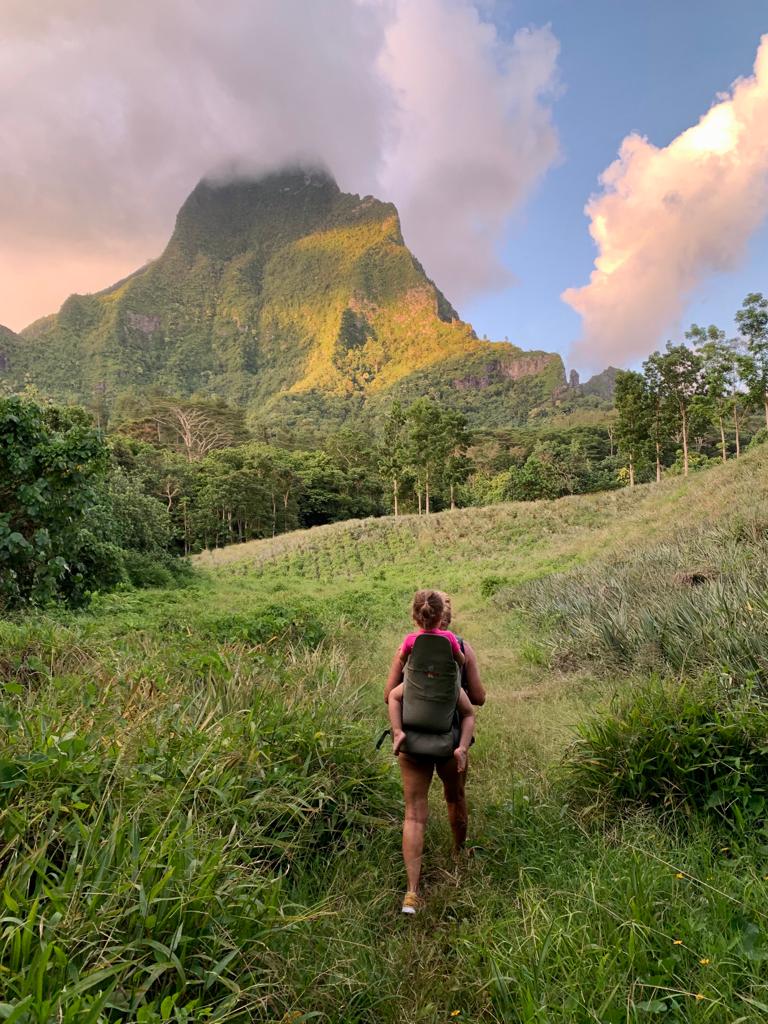Dear Integral Meditators,
Often daydreaming is set up against the idea of being mindful; to be daydreaming is not to be ‘present’ like we should be when we are mindful, right? But what if we were to make our daydreams our object of mindfulness? What if we were to really pay attention to them? The article below explores this area.
Related workshop to this subject: Saturday 16th May, 2.30-5.30pm – Meditations for Activating, Healing and Awakening our Ancestral Karma
This Friday evening is the first of two Integral Meditation classes this month, the subject is ‘Stillness, Energy, Positivity and Relaxation -A grounding in the basics of Integral Meditation’.
Yours in the spirit of conscious daydreams,
Toby
 Three Dimensions of Mindful Daydreaming
Three Dimensions of Mindful Daydreaming
Daydreaming is often used in a derogatory way, or to indicate that you were not paying attention to something that you should. It has not always been that way. Often daydreaming is set up against the idea of being mindful; to be daydreaming is not to be ‘present’ like what we should be when we are mindful, right? But what if we were to make our daydreams our object of mindfulness? What if we were to really pay attention to them? Here are three areas of daydreaming and three potential benefits of paying attention to them:
Daydreams as a way of processing Your Life
If we pay attention to our daydreams we will see (like night dreams) that dreaming is a method that our consciousness has of trying to resolve the issues, challenges and problems that we are facing in our actual daily life. If I daydream about people verbally threatening me, and I then responding violently this indicates that I may be feeling threatened and insecure or wounded in some way. If I daydream of communicating lovingly or expressively to someone, this may indicate that I am going through a phase where a certain type of positive emotion is awakening in me and my relationships. Our daydreams can give us valuable feedback on how our conscious and unconscious minds are coping with our life. If we pay attention to our daydreams, we may gain valuable insight as to what we can do to help facilitate this daily processing.
Receiving Creative Inputs
Our own unconscious mind is connected to the collective unconscious. Our higher intuitive mind is connected to what you might call a ‘collective super-conscious mind’. There is a huge (infinite?) amount of creative material contained within the collective unconscious and super-conscious minds that we often access unconsciously and without full recognition. Often contact with the collective or group dimensions of mind is communicated to us through the images, intuitions, images and fantasies that we find in our daydreams. By paying attention to our daydreams we can become a lot more consciously receptive to these creative inputs. For example many of the articles that I write upon this blog come into my head largely fully formed as ‘daydreams’ before, during or after my formal meditations.
Being Somewhere Else
When we dream during sleep we often go to inner worlds that appear to be fully formed, have their own stories and rules of interaction. In our daydreams we also find ourselves sometimes transported to these worlds. We can start to mindfully observe the relationship and interaction between the landscapes that we encounter in our outer world, and the inner landscapes of our mind and start to see how they relate to each other. For example I recently read Neil Gaiman’s novel ‘The Ocean at the Bottom of the Lane’ which is full of very vivid dream-like landscapes. In the days subsequent I have been enjoying the observing the very real effect that these ‘fictional’ landscapes and energies have been continuing to have on my perception of my outer reality and perception.
Mindful daydreaming is not difficult to start doing!
All you need to do is sit comfortably and allow your mind to roam freely and without restriction, with just a part of your attention taking a step back and consciously noting what comes up as you daydream. You can even start a daydream journal in the same way you might keep a night dream journal.
Daydreaming shouldn’t be a bad word, and awareness of it can form an important and endlessly creative aspect of your daily mindfulness practice.
Related articles:
Meditating on the Power of Your Creative Imagination
Meditating with the Mirror Self
Dreams, Meditation and Working with the Bright Side of Your Shadow
© Toby Ouvry 2015, you are welcome to use or share this article, but please cite Toby as the source and include reference to his website www.tobyouvry.com
Upcoming Courses at Integral Meditation Asia in May:
Friday 8th May, 7.30-9pm – Integral Meditation Session @ the Reiki Centre – Stillness, Energy, Positivity and Relaxation -A grounding in the basics of Integral Meditation
Saturday 16th May, 9.30am-12.30pm – Growing Your Mindful Freedom – The Essential Meditation of the Buddha: A Three Hour Meditation Workshop
Saturday 16th May, 2.30-5.30pm – Meditations for Activating, Healing and Awakening our Ancestral Karma
Wednesday 20th, 7.30-9.30pm – An Evening of Mindful Relationships: Improving Your Relationships and Social Skills Through Mindfulness – A two hour workshop
Friday 29th May 7.30-9.30pm – Integral Meditation Session @ the Reiki Centre – Travelling deeper into the present moment through integral meditation
Saturday 30th May, 2.30-5.30pm – Enlightened Flow: Finding the Ultimate Relaxation and Release from Stress
Integral Meditation Asia











